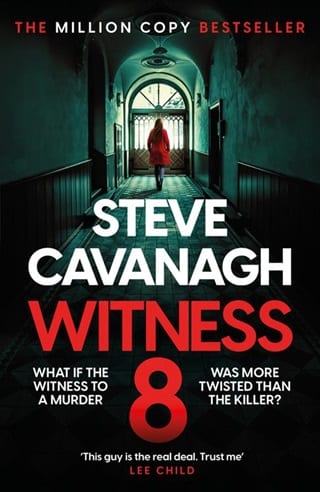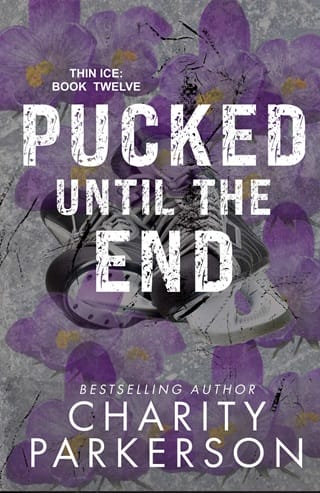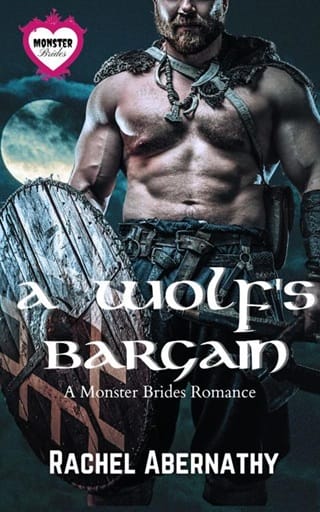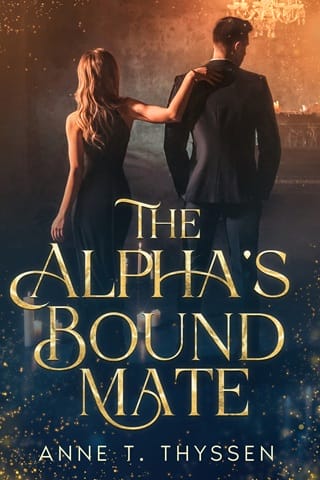Chapter 52 Kate
52
Kate
Ansen Bude was one of the most handsome men Kate had ever laid eyes on.
He had those classic Scandinavian looks. Tall. Blond. An Olympian gymnast's build under a tasteful suit, violet-blue eyes that made her legs feel funny and cheekbones as sharp as the tail fins on a '57 Plymouth Fury. She wasn't the only one who was checking out Mr. Bude. Several of the female jurors were practically beaming at the man as he finished his oath and sat in the witness chair.
‘Mr. Bude . . .' began Castro, pronouncing the name to rhyme with ‘dude'.
‘Actually, it's pronounced boo-day ,' said the witness in perfect English, with only a slight Scandinavian accent. The ladies on the jury clearly liked his voice too.
‘My apologies, perhaps you could outline your position and professional credentials for this jury,' replied Castro coldly. As well as a dirty player, Castro was also a vain man. Kate could see it in the way he checked his hair, adjusted the line of his suit every time he got to his feet. And, like most imperious men, he disliked Bude. Kate could tell by Castro's tone.
In that lovely accent, Bude said he had studied various biological sciences in Stockholm before moving to New York to study latent fingerprint extraction and analysis, and he was employed by the NYPD in their forensics laboratory.
‘What is a latent print?' asked Castro.
‘Well, first I have to explain what a palm print or fingerprint is,' said Bude.
Castro nodded, as if he was expecting it, and told him to go right ahead. Secretly, Castro was pissed – here was a pedantic witness picking apart his questions. Kate formed the view that Bude cared about his responsibility as a witness and as a scientist.
‘Fingerprints, like palm prints, are formed before we are born. These are the friction ridges on our hands and fingers, which form whorls, loops and patterns.'
He finished his answer and looked to Castro. Bude was clearly an experienced witness. And one who followed the rules. Instead of going ahead and finishing the full answer, he stopped. Waited for the question. Witnesses who keep talking all have the same problem – inevitably they say something that comes back to bite them on the ass.
‘And what are latent prints?' asked Castro.
‘Natural oils and biomaterial like dead skin cells are constantly coating every surface of our skin. When we touch something, often we leave some of that material behind. And this is in the unique form and pattern of our fingerprints or palm prints.'
The forensic lesson was over – Castro got Bude talking about this case and asked him about the print he'd found on the weapon that killed Margaret Blakemore.
‘I had dusted this weapon with metallic powder and brushed it carefully over the entire surface. This allows oils, material and moisture to become visible. We know it's there when we see the pattern formed by the ridges on our skin. I saw a pattern on the grip of the weapon. Using transparent lifting tape, I was able to take that print, and the biomaterial forming the print, and then marked it as evidence.'
‘What did you do then?'
‘I photographed the print, scanned the picture and fed it into our database of prints. This was a palm print, or part of one. Unfortunately, this print did not return a match.'
‘Are there any particular reasons why someone could leave behind their DNA on a fingerprint, or handprint, but the print itself does not match?'
‘There are many reasons. It can be the amount of pressure applied to the surface, the direction of travel, or the contact surface itself. In this instance, there just wasn't enough of the print, and that was why it did not match the defendant.'
Castro thanked Bude and sat down.
Kate rose and smiled at Bude. He smiled back. Kate got that funny feeling at the back of her legs again.
‘Mr. Bude, just to be clear, your testimony is that the palm print you found on this weapon does not match the defendant's prints, correct?'
He smiled again, and for a moment Kate thought she was getting somewhere.
‘I'm afraid it's not as simple as that. The print I examined did not have the characteristic markers in sufficient quantities to match the defendant's prints.'
If anything, that sounded worse for the defense. Kate got permission from the judge for Bude to be recalled as a witness and then sat down before she inadvertently caused any further damage. It wasn't her fault – it was the right question to ask, and she knew it. Bude knew it too, and so he'd been waiting for it.
Castro called what could be his star witness. Dr. Hopkins looked like a quiet man. He was carrying an extra thirty pounds, which filled his gray sweater neatly. He wore a smile, a suit and wide, comfortable shoes that you were only allowed to buy if you were over sixty-five years old or you're from Cleveland. He was sworn in, gave his qualifications as an expert DNA profiler and Castro led him through ten minutes of lowball questions on what DNA is, how it's extracted and tested.
‘Were you able to obtain a DNA profile from the biomaterial in the palm print lifted from the pistol?'
‘Yes, the biomaterial left behind, like skin cells, which form a latent print, had sufficient DNA markers for us to provide an analysis.'
‘Just to be clear, the DNA came from the palm print itself?'
‘Correct. The sample was taken directly from the lifting tape, used by Mr. Bude, which collected the biomaterial on the print itself.'
‘And what was the result of your analysis of that DNA?'
‘As I explained earlier, every set of DNA has specific markers. We have the technology now to check for twenty-four separate sets of markers from, say, someone's blood sample. In this case, we were able to obtain sufficient DNA for a profile. That profile was in all probability a match with the sample of DNA obtained from the defendant for comparison purposes.'
‘Why do you say in all probability ?'
‘No, in DNA science there is no such thing as matching DNA, scientifically speaking. However, our probability figures were sufficiently high. That is to say, the DNA profile has a mathematical likelihood of matching the defendant. There is a one in three-point-four billion chance that the DNA belonged to someone else.'
‘So the odds of the DNA on the weapon belonging to someone other than the defendant is one in three-point-four billion ?'
‘Correct.'
‘Is that longer odds than winning the state lottery?'
‘Much longer. That's like winning every lottery in the United States, with the same numbers, on the same day.'
‘Thank you, Dr. Hopkins.'
Kate hated leaving the jury with those odds. It was a killer blow. She could see that they were clearly impressed by Dr. Hopkins. He didn't exaggerate his scientific findings; he was clear and precise. Some of the jurors looked at the defendant. Nodding.
They'd made up their mind.
Kate asked for the witness to be recalled at a later date. The judge adjourned the case for the day.
John Jackson closed his eyes, hung his head and tears fell on the defense table.
Kate's phone had been buzzing in her pocket.
There was a group chat now, for Lake and Bloch to keep Kate and Eddie updated on the whereabouts of the players in this game.
Bloch was parked on West 74 th Street, focused on Bale.
Todd Ellis was on the move.
Bloch wanted to keep an eye on Bale, so she let Ellis go.
 Fullepub
Fullepub 



